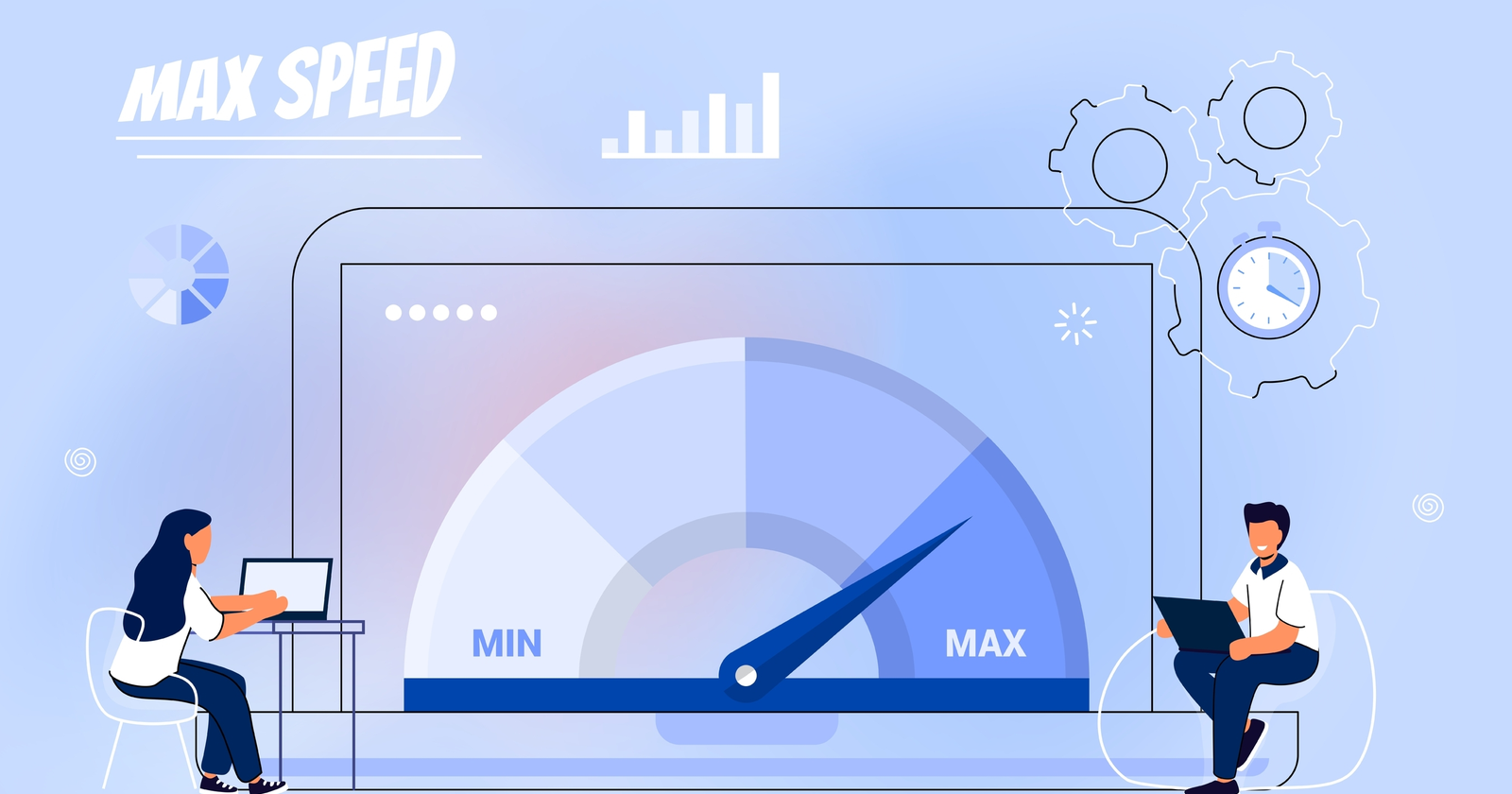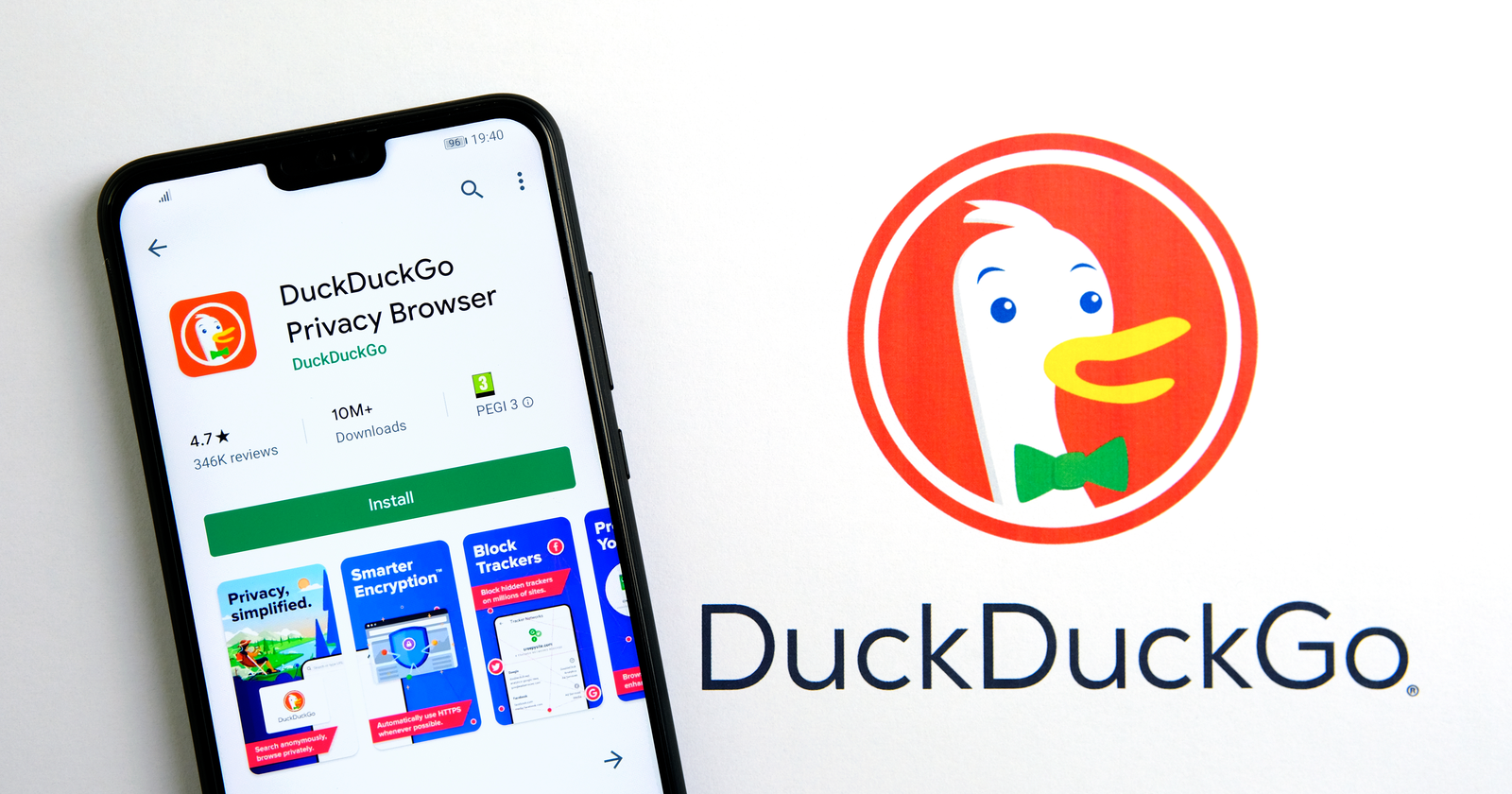We Paid Over $5000 For Link Building – What Happened? via @sejournal, @mindyweinstein
In this edition of Ask An SEO, a reader asks why their rankings rose, then dropped after paying a link building company to build links. The post We Paid Over $5000 For Link Building – What Happened? appeared first...

This week’s Ask an SEO question comes from Marlin in Bethel, who asks:
“I paid over $5,000 for SEO link building.
At first, traffic was boosted.
However, we then lost our rankings on those keywords and our traffic is gone! What happened?”
Marlin, without seeing your backlink profile, I suspect your rankings declined because Google has flagged the new links as unnatural.
In other words, those links are low quality.
It’s not uncommon to have a boost at first, as you mentioned, and then a decline.
For instance, the link builder might have been getting good, relevant links in the beginning but then moved to lower quality links as the link opportunities dwindled.
Google provides examples of “unnatural links” in its guidelines, including:
Bookmark site links. Low-quality directories. Forum comments with optimized links. Keyword-rich anchor text in articles and press releases posted on sites other than your own.You can see the full list here: Link Schemes.
Google will typically ignore these types of low-quality or spammy links.
John Mueller confirmed this in January 2022 in this Twitter thread:
You should just ignore that. Some tools make assumptions about Google that just aren’t correct.
— 🦙 johnmu.xml (personal) 🦙 (@JohnMu) January 6, 2022
Rewind a few months to an October 2021 SEO Office Hour with Mueller when he was asked:
“Is the penguin penalty still relevant at all or are less relevant/spammy/toxic backlinks more or less ignored by the ranking algorithm these days?”
His answer sheds further light on what might have happened to your site.
Mueller explained that Google generally recognizes that something is problematic (i.e., spammy links) and tries to ignore it, similar to the January 2022 tweet.
Yet he went on to say the following:
“If we see a very strong pattern there then it can happen that our algorithms say well we really have kind of lost trust with this website and at the moment based on the bigger picture on the web, we kind of need to be more on almost a conservative side when it comes to understanding this website’s content and ranking it in the search results.
And then you can see kind of a drop in the visibility there.”
So, what do you do now?
What To Do When Your Rankings Drop Because of Low-Quality Links
1. Check For A Manual Action
This is the first thing I would do.
You need to see if there is a manual action in Google Search Console.
If someone from Google has manually reviewed your website and found your site to be in violation of Google’s webmaster quality guidelines, you will face a manual action.
That means Google will take steps to remove what they consider to be spam from the search results.
The message will indicate the problem and you will need to move quickly to correct it.
To find out if you have a manual action, go to Google Search Console > Security & Manual Actions > Manual Actions to check.
If you don’t see a manual action in Google Search Console, it doesn’t mean you are in the clear.
You could still be affected by Google’s algorithm and will need to correct the problematic links.
That leads to my next point.
2. Remove Low-Quality Links
Check out Google’s recommended steps if you have received a manual action for unnatural links; see Unnatural links to your site recommended actions.
The best thing to do if you determine your site’s rankings are impacted by bad links – whether you have a manual action or suspect an algorithmic impact – is to have the links physically removed from the sites in question.
You would need to reach out to those websites to remove the links.
It is a tedious process, and most of the time, the other websites will ignore your request.
If you can’t remove those links, use Google’s disavow tool.
Basically, if it appears those links are hurting your site, move forward with trying to clean them up, including disavowing them.
Be very careful with the disavow tool, though.
I have seen people disavow authoritative and helpful links to the site.
Check out Google’s warning:
“If used incorrectly, this feature can potentially harm your site’s performance in Google’s search results.
We recommend that you only disavow backlinks if you believe that there are a considerable number of spammy, artificial, or low-quality links pointing to your site, and if you are confident that the links are causing issues for you.”
At this point, you are probably wondering how you know if a link should be removed or not.
Here’s a comprehensive guide to reviewing and identifying problematic backlinks: Too Many Links: Strategies for Disavow & Cleanup.
As I already mentioned, it is tedious but a necessary process if low-quality links are affecting your rankings.
Once you have cleaned everything up, shift your focus to getting high-quality, relevant links.
3. Focus On High-Quality, Relevant Links
There are many ways to get good links pointing to your website.
Some tactics are easier than others, such as reaching out to websites that have already mentioned your company but haven’t linked (i.e., unlinked brand mentions) or reclaiming lost backlinks.
Other tactics are more complex and time-consuming, such as creating a tool or guide, but they can be worthwhile.
There are many creative and non-spammy ways to attract links.
If you haven’t already, I recommend checking out Search Engine Journal’s Link Building Guide.
Marlin, it won’t be an easy process, but follow these recommended steps to regain your traffic and rankings.
More resources:
3 Key Types of Link Building Metrics & How To Use Them Successfully The Link Building Tactic You’re Not Using: Shallow Links Link Building Guide: How to Acquire & Earn Links That Boost Your SEOFeatured Image: Mix and Match Studio/Shutterstock

 Kass
Kass 
































